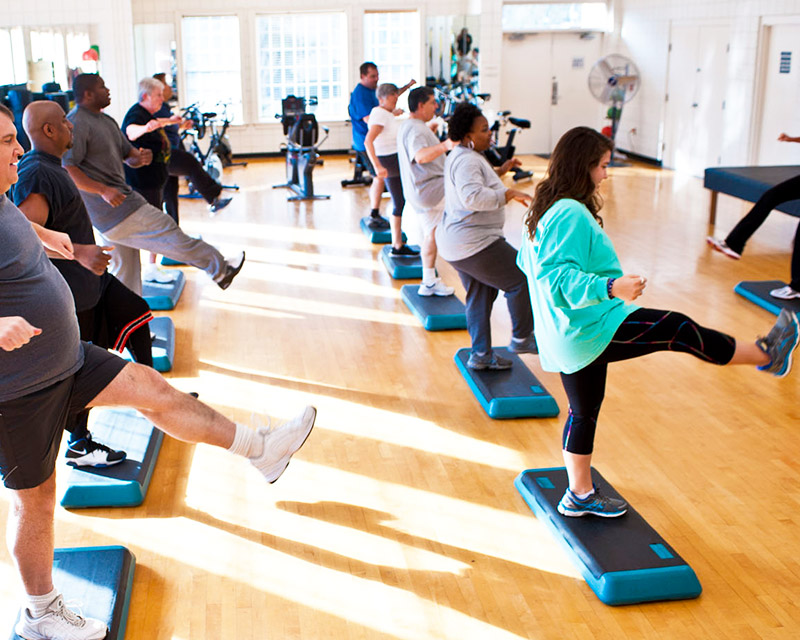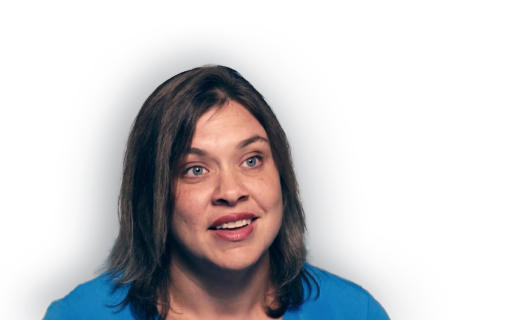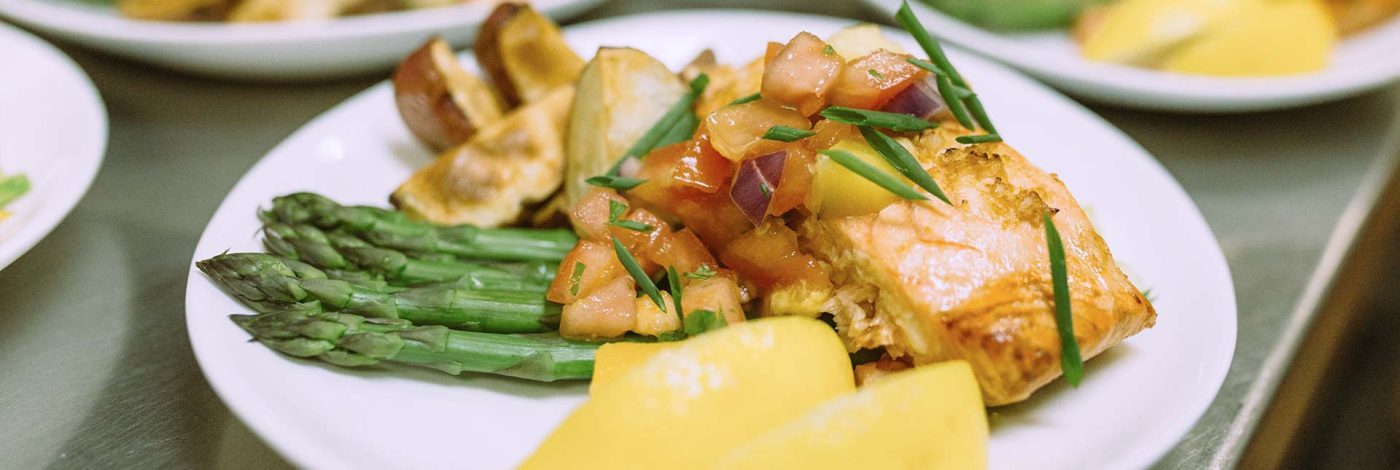Have you ever heard this parable?
I. I walk down the street. There is a deep hole in the sidewalk. I fall in. I am lost…I am hopeless. It isn’t my fault. It takes forever to find a new way out.
II. I walk down the same street. There is a deep hole in the sidewalk. I pretend I don’t see it. I fall in again. I can’t believe I am in the same place. But, it isn’t my fault. It still takes a long time to get out.
III. I walk down the same street. There is a deep hole in the sidewalk. I see it there. I still fall in…it’s a habit…but, my eyes are open, I know where I am. It is my fault. I get out immediately.
IV. I walk down the same street. There is a deep hole in the sidewalk. I walk around it.
V. I walk down another street.
The “Hole in the Sidewalk” parable is a lesson in increasing awareness, acceptance of responsibility, and personal growth. At the heart of the story is the theme of change, which is likely of concern to anyone reading this blog. Change has a double edge. On one hand, it may be the hidden ingredient of stress – adapting to things such as a new job or a relocation increases vulnerability to stress symptoms. On the other hand, change can be the spice of life – learning and growing through enrolling in a course, launching an exercise program, or beginning weight loss. There are certain things to consider in getting change to work for you, not against you.
Use Change Pathways….
The process of change is not one size fits all. Any and all of these pathways may assist you in realizing your goals.
Leap of Faith. Sometimes change is influenced by powerful internal forces that move us to make a dramatic break with the past. Write yourself a “Dear Me” letter which is a proven method of lighting the inner fire that fuels change. It triggers commitment to healthy action in order to escape the status quo.
Step-by-Step. One study of successful weight losers described the change trajectory as a “continuum of positive living.” Subjects concentrated on one new behavior, stabilized, the added another, stabilized, and so on. Calorie counting led to a low fat diet, then cardio exercise, then weight training, then hiking and dancing. Allow time for change to build incrementally, adding new behaviors slowly and consistently over time.
Healthy Pleasures. For many food has become a primary form of reward and pleasure, thus a change to new eating habits may make life seem mundane and absent of fun. Adding healthy pleasures to your lifestyle can help replace food and facilitate the process of letting go.
Practice Covery’s Habits….
In his book, The Seven Habits of Highly Effective People,” Stephen Covey identifies strategies for optimal living. Three of the seven are particularly relevant to weight loss and lifestyle change.
Proactivity. We are at our best when we craft a life that is the product of our values and decisions, not our feelings and conditions. Consider how often the typical episode of overeating results in feelings (“I ate to escape how I felt”) and conditions (“I ate it because it was there”). Instead, eating needs to reflect our values (health, longevity, mobility) and our decisions (planning meals and sticking to the plan). By eating this way, we feel connected to ourselves, integrated, and in control.
Creativity. We are more likely to get to where we want to go if we start with a picture in mind of where we want to wind up. Too often, for dieters, this picture is a narrow one, limited to a number of pounds they want to lose or a final weight they want to be. Long-term successful weight loss requires a broader vision of change, one that asks:
- How do I want my life to look?
- What meaning and sense of purpose do you want in your life?
- What will be your healthy sources of pleasure?
- What kinds of relationships do you want to foster?
- How will you be physically active?
Eating happens in a context, and you need to create a life that will keep food in a healthy role.
Productivity. Focus more on what is important, and less on what is urgent. Excessive eating often happens with a sense of urgency – “I want it and I want it now!” Slow down and remind yourself how important it is to reclaim you identity. Use meditation to calm down, and use your supporting goals to nurture yourself to a state of self-control and self-esteem.
Honor the Resistance…..
The road to change has speed bumps. Ignoring them makes it less likely you will arrive at your destination. Even though it may be painful to do so, honoring the resistance to change will pay dividends.
Some participants need to grieve the loss of food and/or weight and journaling can help with this. For others, fear of success can block the way. Each person’s resistance is unique, but it is fair to say that everyone has advantages to not changing and disadvantages to changing. Admitting these and viewing them as opportunities to learn and grow will help pave the way to a stable recovery.
Whether you are losing weight after surgery, adjusting to a major weight loss, or using lifestyle and behavioral interventions to foster weight control, you want change to be your friend, not your enemy. By using change pathways, practicing Covey’s habits, and honoring the resistance, you too can walk down another street.






